We might think of mudguards the way we think of water resistant cycling apparel. If I don’t go cycling in the rain, do I need mudguards on my bike? You actually do. Sure, if at the slightest drizzle you decide to stay at home and work out on your indoor trainer, you don’t need them, but what about those days when it has been raining all night, the sun comes out in the morning, but the roads are still full of water, dirt, mud? Without mudguards, your clothes and your bike are going to get soaked and extremely dirty.
Fine, but for two or three days like this it is not worth buying and mounting mudguards on the bike. Granted, that’s why there are different models of mudguards that adapt to the different circumstances and needs of each cyclist. Let’s take a look at them:
Ass-saver and face-saver or mudder
The easiest ones to install, but also the ones that offer the least protection. As their names suggest, they “save” your ass and face from water and mud spewed by the front and rear wheel.
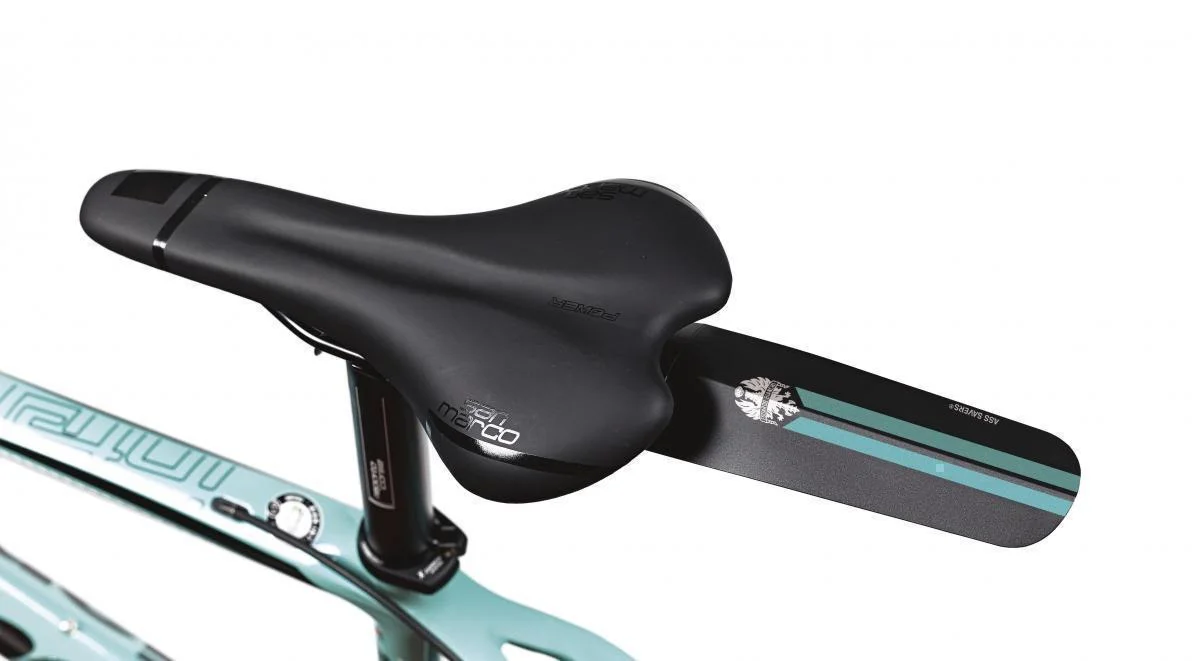
The ass-saver is used more on road bikes because the rear wheel is the one that gets our ass and back the dirtiest and wettest on paved roads.
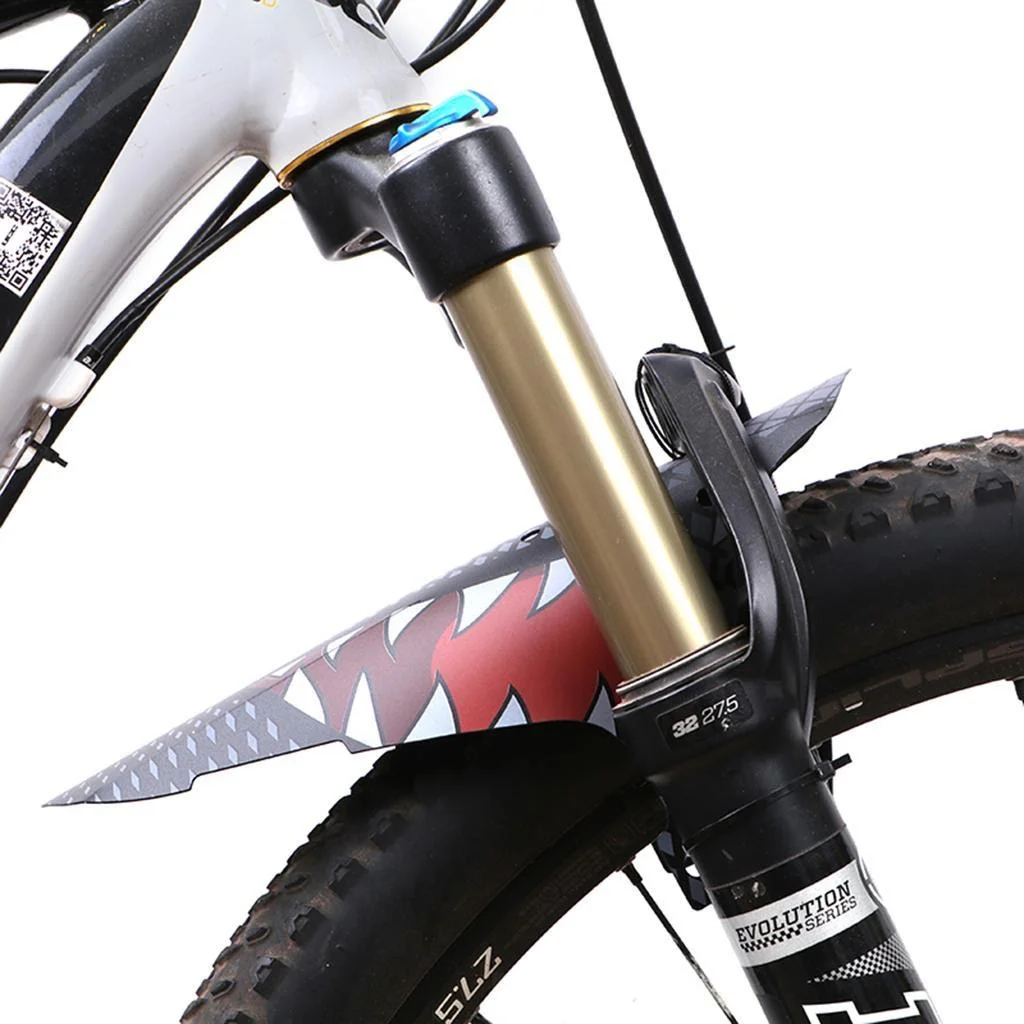
Both types are commonly used in mountain biking because in this modality, the front wheel splashes mud towards the face, which can be quite dangerous. In addition, face-savers also prevent the suspension fork in MTBs from getting dirty.
Detachable rear mudguard
They are usually attached to the seat post with a simple attachment or clip-on system (Velcro, rubber band, etc.).
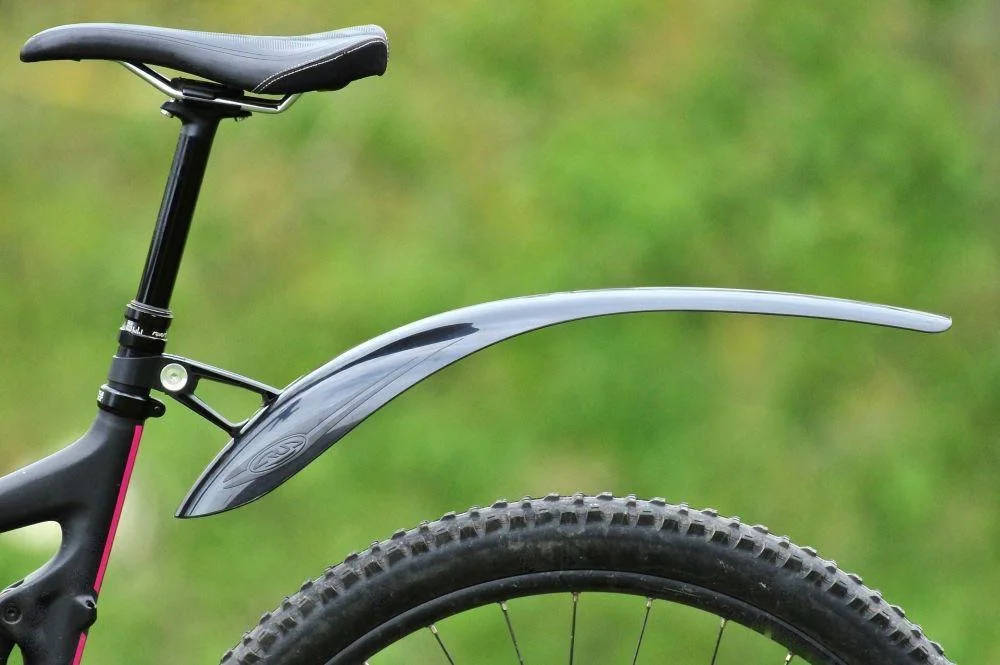
There are different lengths and widths depending on your type of bike and/or wheel. Some models can be folded to be extended only when needed. Others include lights to be seen.
Why only the rear wheel option? Because of what we said before about the use of ass-savers on roads and MTB. The rear wheel is the one that makes both the cyclist and their bike the most wet and dirty.
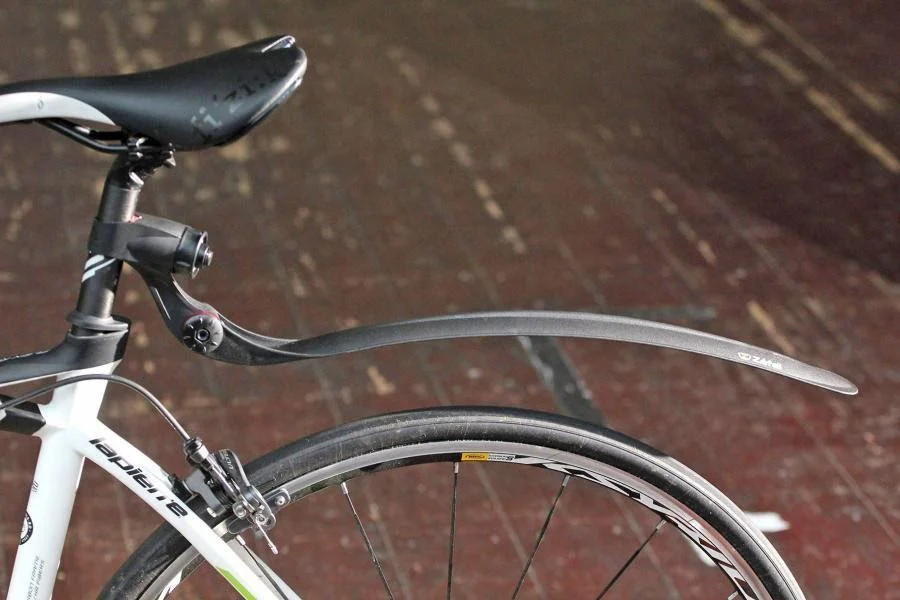
This type of mudguards is the middle ground for those who look for more protection than the ass-savers can provide but do not want to install full fenders, both on the road and in the mountains.
The advantage for MTB is that such mudguards do not restrict the tire clearance as full fenders do, which is essential in muddy conditions.
Full fenders
If rain and water is your cup of tea, go for the full fender option as it offers the highest protection.
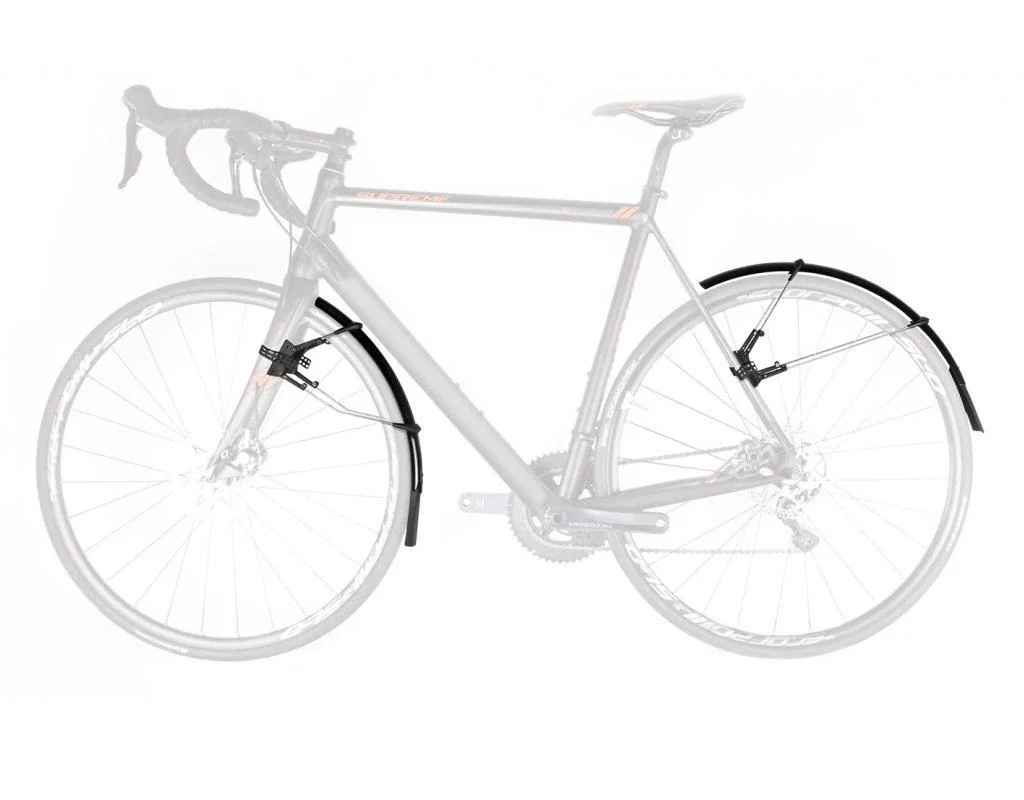
They are available in plastic, plastic plus metal, and all-metal versions. Some models are installed with clamps and rubber straps to the frame and fork, others can only be installed on bikes that have eyelets or mounting points for fenders. Which brings us to the next question.
Can mudguards be installed on all bicycles?
The clip-on ass-savers, face-savers and detachable rear fenders can be mounted on any bicycle.
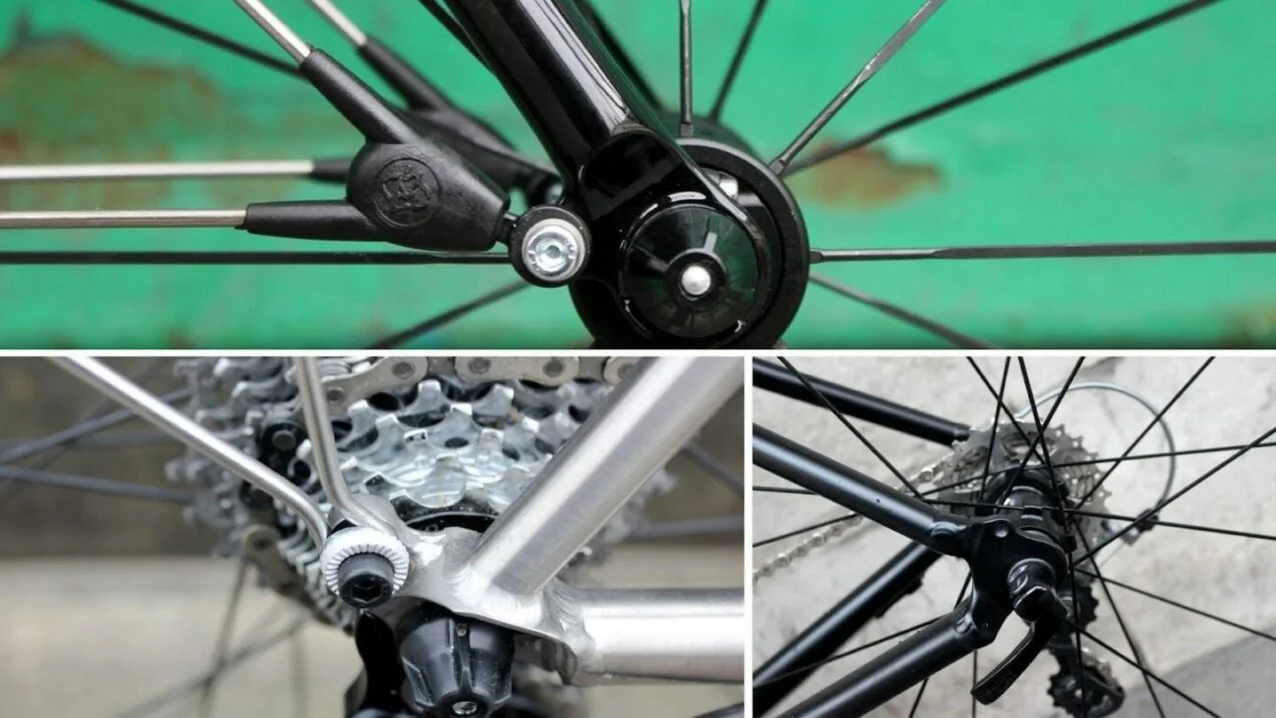
To install a full fender you must check whether or not your bike has eyelets or mounting points. Although some models do have them, it is not common on road bikes and MTBs. It is quite the opposite for gravel, hybrid and urban bikes: almost all models come with solutions to install mudguards.
If you want full fenders, but your bike doesn’t have the mounting points, look for ones with clamps and straps.
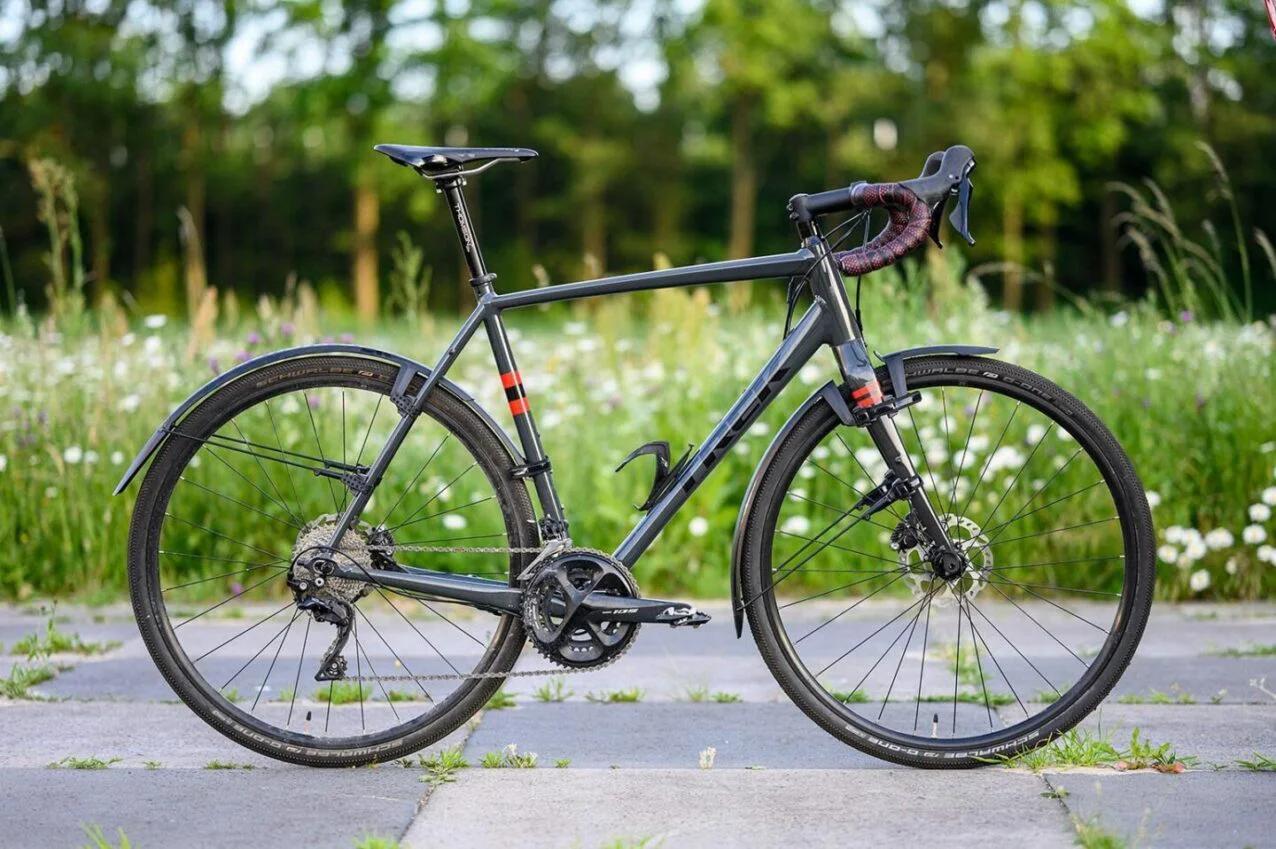
Another important point is making sure your bike has enough clearance for full fenders.
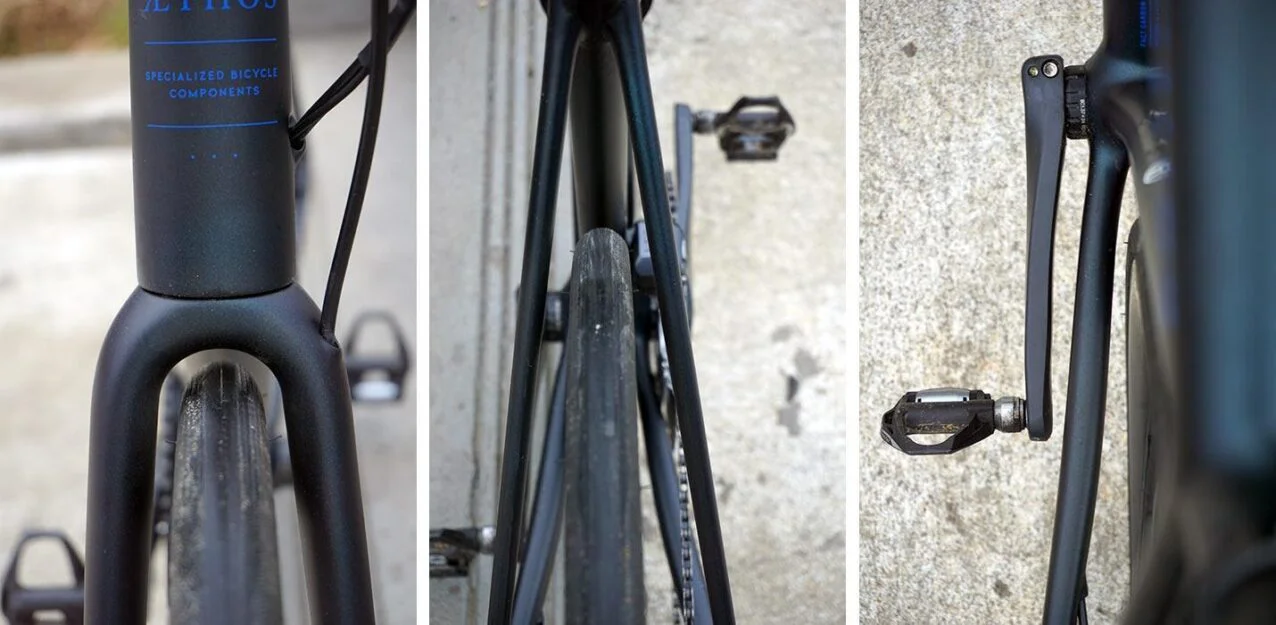
First of all, check how much space there is between the frame/fork and the tire.
If you have rim brakes, check that you have room to fit the fenders between the tire and the brake calipers. If space is limited, choose a full fender model that does not go between the tire and the brake calipers.
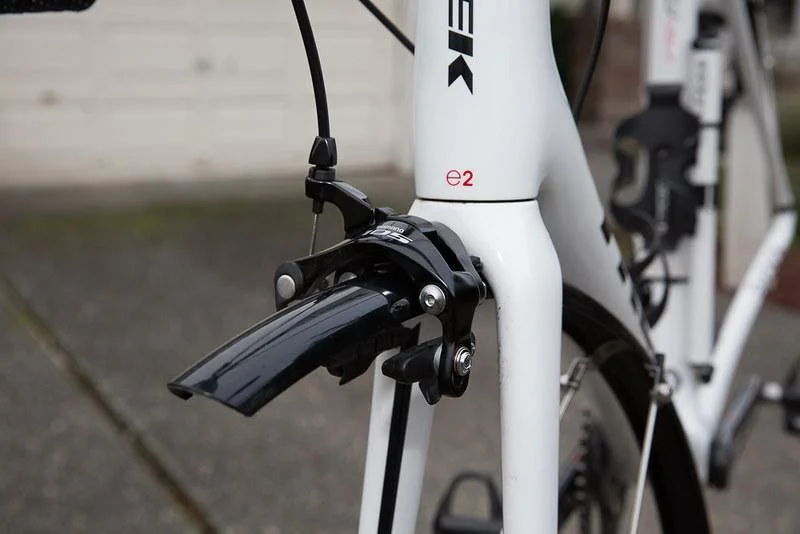
This problem does not apply to bicycles with disc brakes, and they usually offer enough space to fit full fenders.
Always read and follow the manufacturer’s instructions to install the fenders correctly and avoid damaging your bike. Check that the tire does not rub against the fender and that the fender does not move or make unusual noises.
Reasons to use mudguards
- They protect you from water and dirt splashing off the wheels. Depending on the type of fender, the main areas to be protected are the entire buttocks, lower back, feet and legs, especially from the knee down.
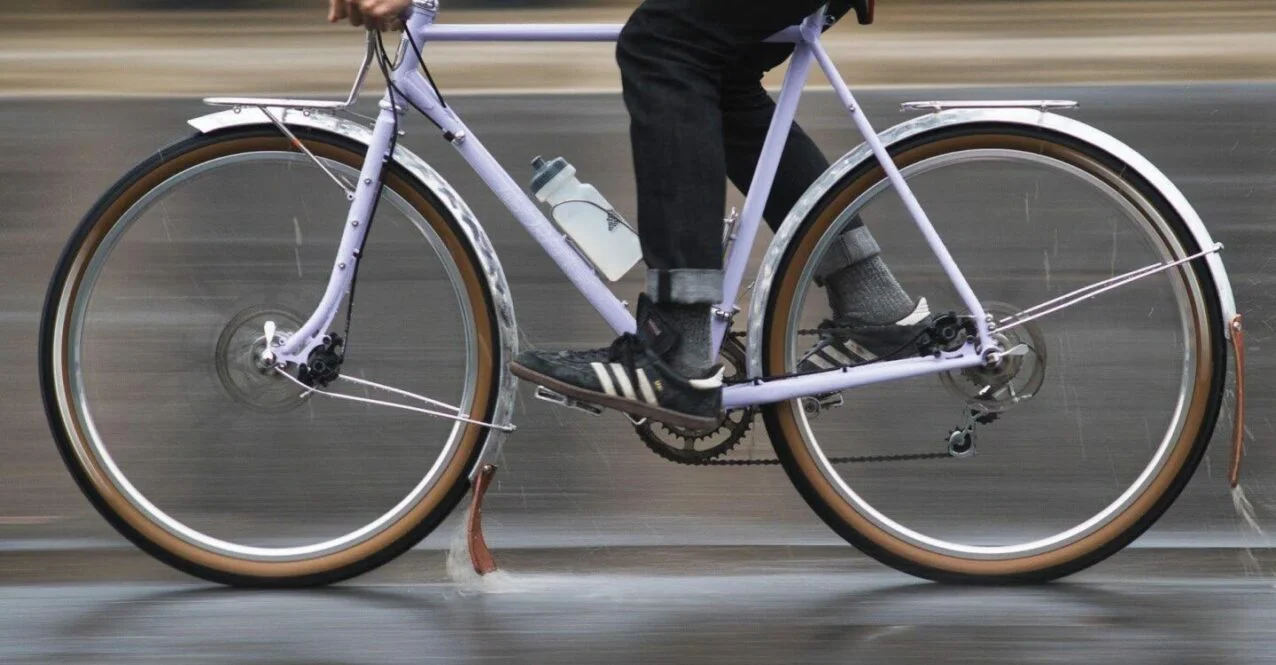
- They protect the bike from dirt. If you’ve ever gone out without mudguards in the rain or on a wet road full of puddles, you know how dirty your bike ends up being. All kinds of things stick to the frame, fork, brakes, drivetrain, making a mess that you later have to clean, dry and grease to avoid breakdowns and get the bike ready for the next ride. Thanks to mudguards, you can avoid a large part of winter cleaning and maintenance, plus they extend the life of your bike and its components.
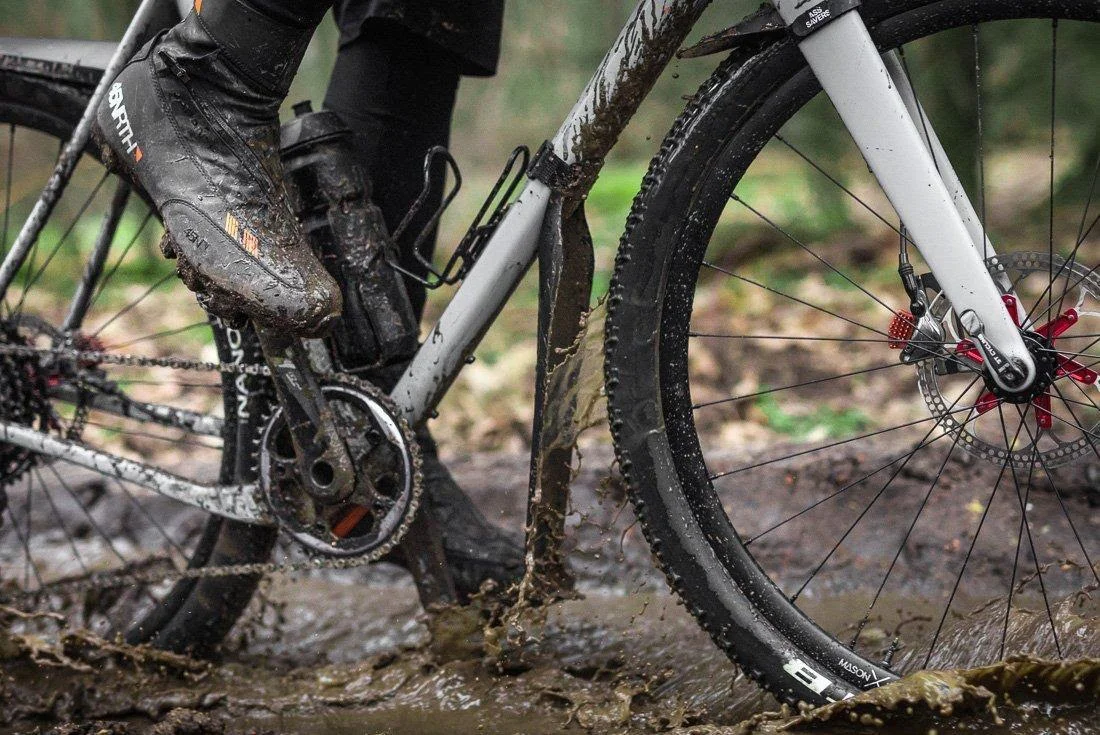
- They protect the cyclist behind. Mudguards are mandatory in some groups of cyclists at certain times of the year to avoid splashing fellow riders. This way everyone gets back home with relatively clean and dry clothes.
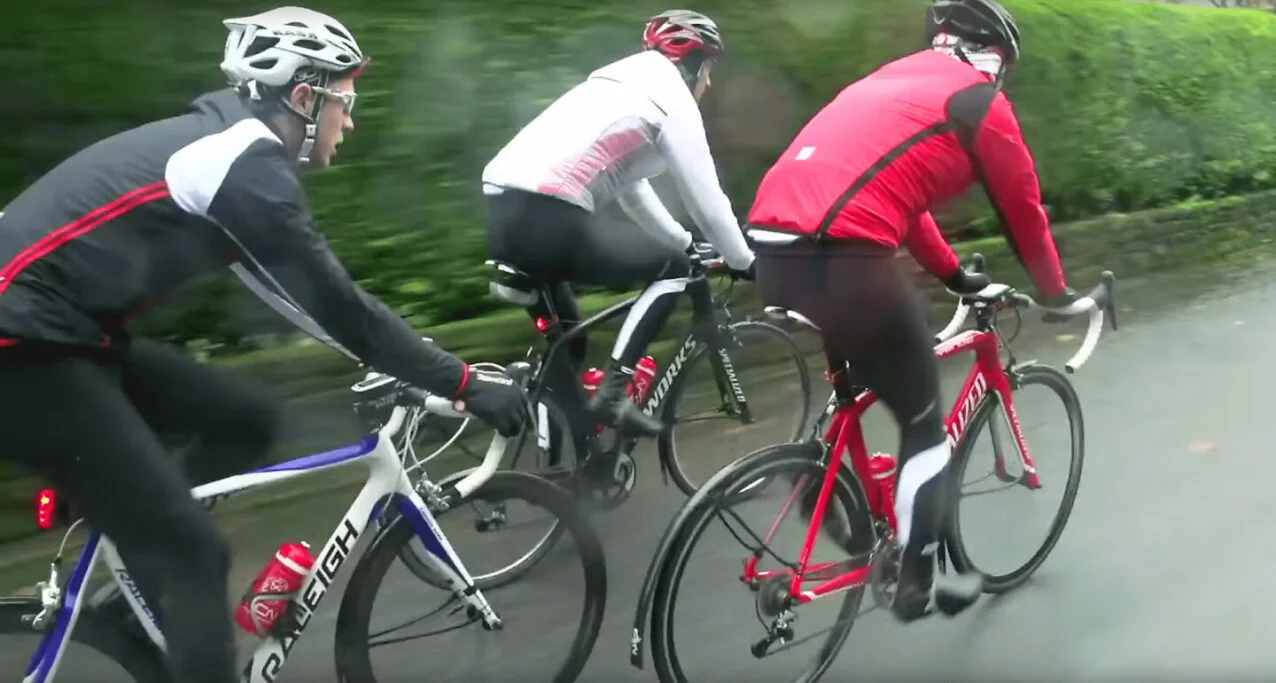
If you are riding in a group and you do have mudguards while the rest don’t, make sure you are cycling in the lead as otherwise your butt and back will be protected, but your front body will be exposed to water and dirt.
- They improve safety. As we have already mentioned, a face-saver in MTB prevents mud from getting on your face and into your eyes, blinding you. Also, if the rider in front is wearing full fenders, their rear wheel will not become a water sprinkler blinding the cyclists behind.
- They help you fight the lack of motivation and encourage you to get on the bike more. If you can stay dry and warm for longer thanks to the mudguards, they become the perfect mood booster against winter apathy.
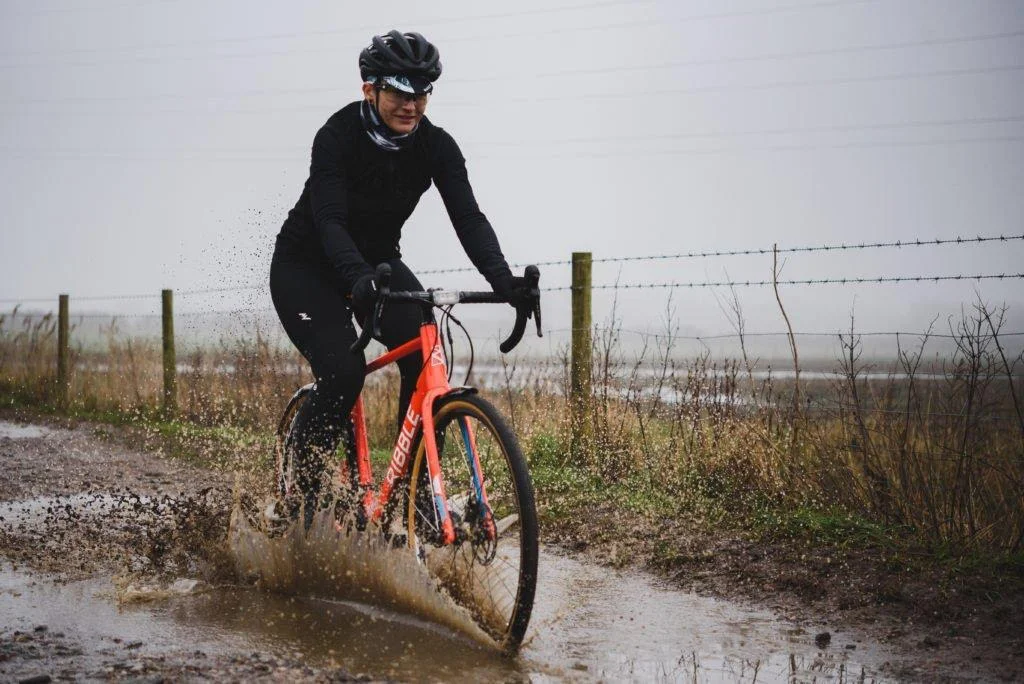
Getting up, looking out the window, seeing that it’s raining or that the roads are wet and don’t look like they’ll get dry anytime soon can be discouraging. But knowing that you still can go out cycling because you have mudguards and the right clothes makes you feel like a kid in rain boots and a waterproof coat ready to jump in all the puddles. Let’s have fun!





Pingback: Electric Bike Fenders: Survive Rainy Rides With These Pro Tricks!